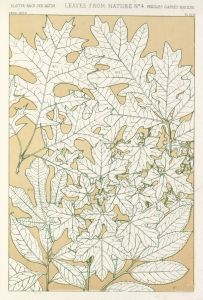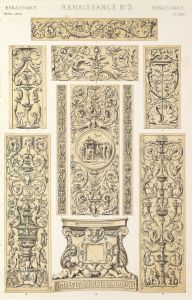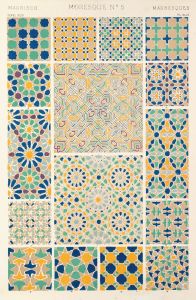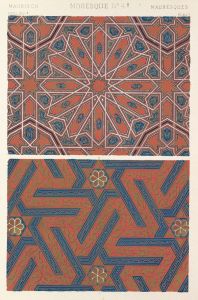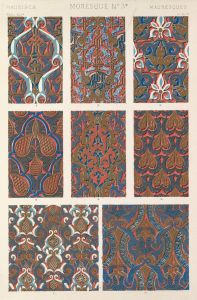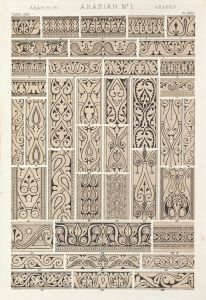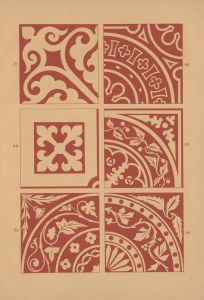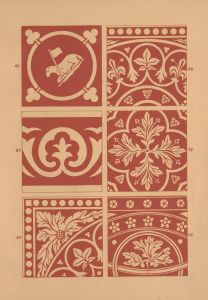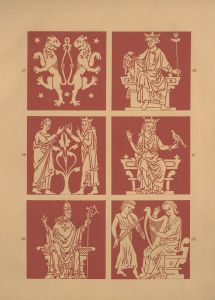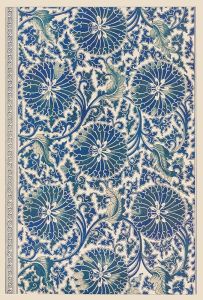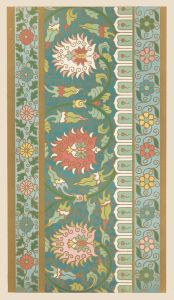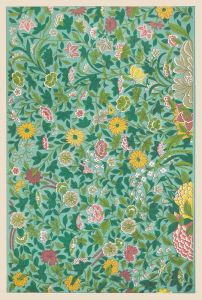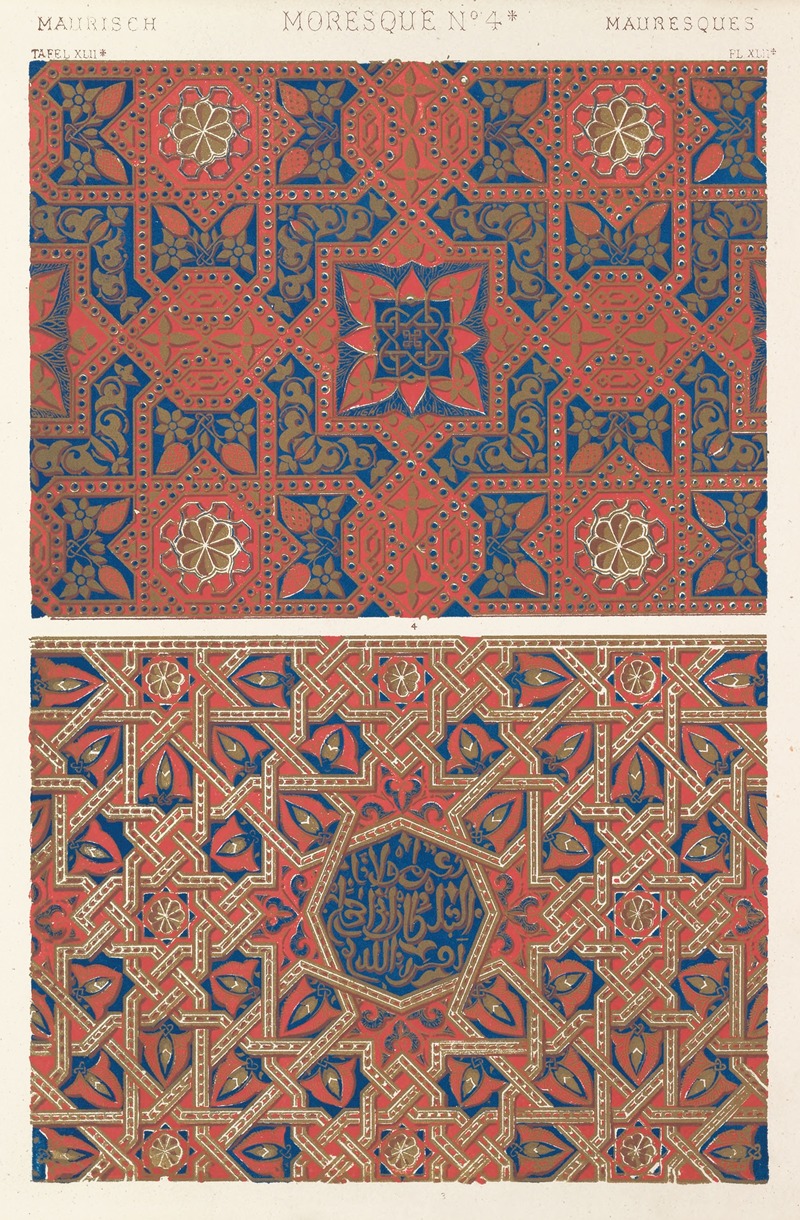
Moresque No.4b
A hand-painted replica of Owen Jones’s masterpiece Moresque No.4b, meticulously crafted by professional artists to capture the true essence of the original. Each piece is created with museum-quality canvas and rare mineral pigments, carefully painted by experienced artists with delicate brushstrokes and rich, layered colors to perfectly recreate the texture of the original artwork. Unlike machine-printed reproductions, this hand-painted version brings the painting to life, infused with the artist’s emotions and skill in every stroke. Whether for personal collection or home decoration, it instantly elevates the artistic atmosphere of any space.
Owen Jones (1809–1874) was a prominent British architect and designer, known for his contributions to the decorative arts and his influential work in color theory and ornamentation. One of his notable works includes "Moresque No.4b," which is part of his larger collection of designs inspired by Islamic art and architecture.
Jones was deeply influenced by his travels, particularly his visit to the Alhambra in Granada, Spain. The intricate Islamic art and architecture he encountered there had a profound impact on his design philosophy. He meticulously studied the geometric patterns, vibrant colors, and intricate details characteristic of Moorish design, which later became central themes in his work.
"Moresque No.4b" is a design that exemplifies Jones's fascination with Islamic art. The term "Moresque" refers to the style of ornamentation that is derived from Moorish architecture, characterized by its complex geometric patterns and interlacing designs. This particular piece is part of Jones's publication "The Grammar of Ornament," first published in 1856. This seminal work is a comprehensive collection of design principles and patterns from various cultures, intended to serve as a source of inspiration and guidance for designers and architects.
In "The Grammar of Ornament," Jones categorized and illustrated a wide array of decorative styles, including Greek, Roman, Persian, and Indian, among others. The Moresque section, which includes "Moresque No.4b," showcases the intricate and symmetrical patterns that are hallmarks of Islamic art. Jones's work was pioneering in that it introduced Western audiences to the beauty and complexity of non-Western design traditions, advocating for their appreciation and incorporation into contemporary design practices.
"Moresque No.4b" features a complex arrangement of geometric shapes and interwoven lines, demonstrating Jones's skill in translating the essence of Moorish design into a format that could be studied and replicated. The design likely employs a limited but vibrant color palette, a technique Jones advocated for in his color theory. He believed that color should be used harmoniously and systematically, a principle that is evident in the balanced and rhythmic patterns of his Moresque designs.
Jones's work, including "Moresque No.4b," played a significant role in the 19th-century design reform movement, which sought to elevate the standards of design and craftsmanship. His emphasis on the importance of historical styles and his innovative approach to color and pattern influenced a generation of designers and architects, contributing to the development of movements such as the Arts and Crafts Movement and Art Nouveau.
Today, Owen Jones is remembered as a visionary who bridged the gap between different cultural aesthetics, promoting a global appreciation for the art of ornamentation. His designs, including "Moresque No.4b," continue to be studied and admired for their beauty, complexity, and the cross-cultural dialogue they represent.





